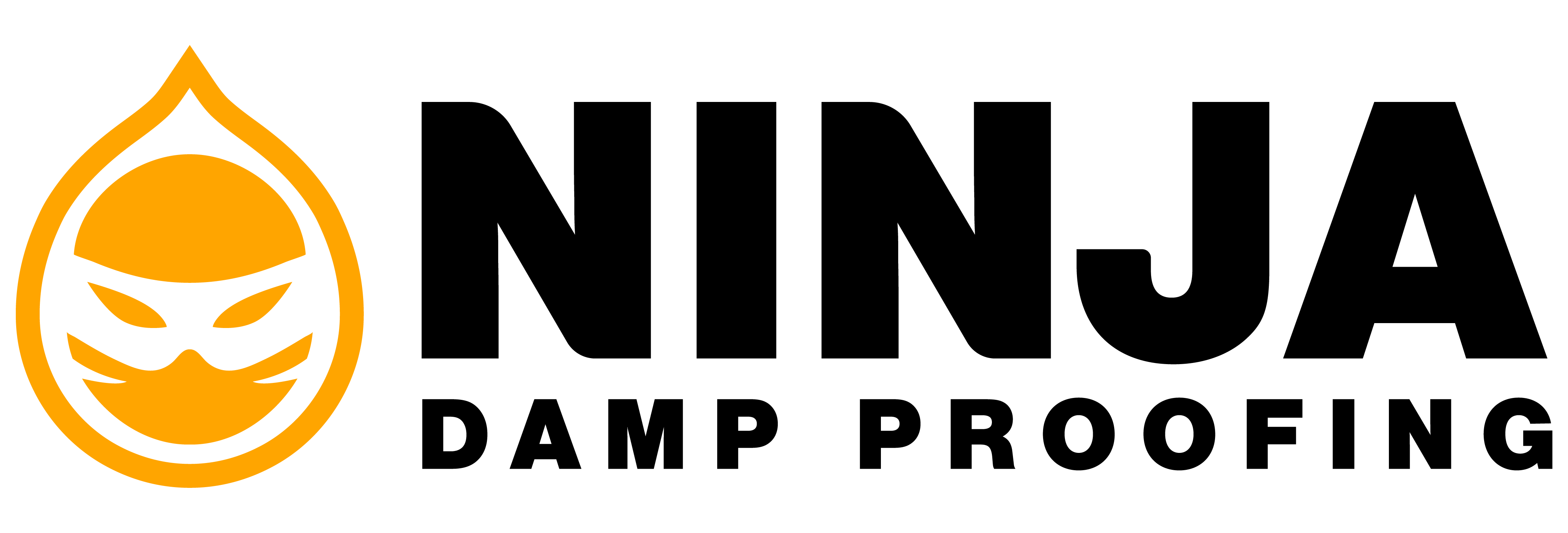Case Study
June 2024 Blog
Dry Rot vs. Wet Rot: The Battle of the Rots
When it comes to property maintenance, few words send shivers down a homeowner’s spine like “rot.” Whether it’s dry rot or wet rot, both can wreak havoc on your property and your peace of mind. But did you know that not all rot is created equal? In this blog, we’ll explore the differences between these two common culprits, what to look out for and why wet rot might just be the “better” enemy to face.
Understanding the Culprits
Before diving into specifics, let’s define each:
Dry Rot
- Scientific Name: Serpula lacrymans
- Characteristics: Dry rot is a wood destroying fungus that thrives in damp, poorly ventilated spaces. Unlike its name suggests, it doesn’t need dry conditions it needs moisture to establish itself but can spread to dry wood once active.
- Appearance: Look for greyish white fungal growths, reddish spores resembling rust dust, and deep cracks in wood that give a “cuboidal” appearance.
- Severity: Extremely destructive, often compromising structural integrity.
Wet Rot
- Scientific Name: Coniophora puteana or other fungi
- Characteristics: Wet rot is a localised decay of timber caused by consistent exposure to moisture, such as leaks or high humidity. It doesn’t spread far and only affects damp wood.
- Appearance: You might see wood that feels spongy or soft, dark discoloration, and cracking along the grain.
- Severity: Less aggressive than dry rot, but still capable of damage if left untreated.
The Pros and Cons of Each
Yes, even rot has its pros and cons, though we wouldn’t wish either on anyone!
Dry Rot Pros:
- It spreads stealthily, meaning it might not appear immediately visible, giving you time to act.
- Early treatment can stop its spread entirely.
Dry Rot Cons:
- Infamously destructive, capable of jumping from wood to masonry.
- Requires professional treatment and significant repairs.
Wet Rot Pros:
- It stays confined to damp wood, making it easier to contain.
- Repairs are often less invasive and less expensive than dry rot treatments.
Wet Rot Cons:
- Still causes wood to weaken, particularly in load bearing structures.
- Often indicates a larger issue with moisture that needs addressing.
Spotting the Signs: Dry Rot vs. Wet Rot
So, how can you tell if your property is under attack? Here are three distinct signs for each type of rot:
Dry Rot
1.Distinct Musty Smell: Think earthy and damp! Dry rot often has a tell tale odour.
2.Rust Coloured Spores: These fine, dust like particles may gather on surfaces near the affected area.
3.Cuboidal Cracks: A hallmark sign, dry rot leaves wood with a distinctive cracked pattern.
Wet Rot
1.Soft and Spongy Wood: If you can press into the wood with a screwdriver, you may be dealing with wet rot.
2.Discoloration: Darkened patches of timber often point to wet rot.
3.Localised Dampness: Wet rot won’t venture far from its moisture source. Check for leaks or condensation nearby.
Repair Difficulty
Dry rot repairs tend to be more labour intensive, often requiring structural replacements, chemical treatments and addressing ventilation or damp issues. Wet rot, on the other hand, is usually easier to resolve. Remove the damp source, replace the damaged wood, and you’re good to go (usually!).
Why Wet Rot is the Lesser Evil
If you had to choose between dry rot and wet rot, wet rot is the clear “winner.” It’s less invasive, doesn’t spread to other materials, and is much easier (and sometimes cheaper) to repair. Still, it’s essential to act fast if left unchecked, even wet rot can weaken your home’s framework.
Food for Thought
Your home is your castle, and rot is the uninvited guest that shows no mercy. By staying vigilant, addressing moisture issues promptly and seeking professional help when needed, you can ensure your property stays safe and sound. At Ninja Damp Proofing, we’re here to help Glasgow property owners tackle both dry and wet rot head on. Remember: a little awareness today can save you a fortune tomorrow!
Emergency Service
Lorem ipsum dolor sit amet, consectetur adipiscing elit. Ut elit tellus, luctus nec ullamcorper mattis, pulvinar dapibus leo.
Satifaction Guarantee
Lorem ipsum dolor sit amet, consectetur adipiscing elit. Ut elit tellus, luctus nec ullamcorper mattis, pulvinar dapibus leo.
No Uprfront Payment
Lorem ipsum dolor sit amet, consectetur adipiscing elit. Ut elit tellus, luctus nec ullamcorper mattis, pulvinar dapibus leo.
20 Years of Experience
Lorem ipsum dolor sit amet, consectetur adipiscing elit. Ut elit tellus, luctus nec ullamcorper mattis, pulvinar dapibus leo.

